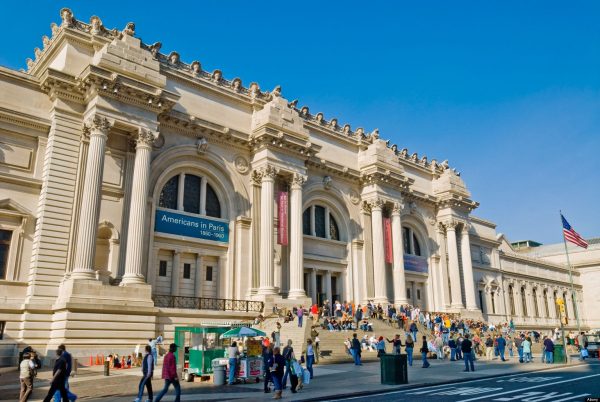
To celebrate 2018 Year of the Dog, the MET museum specially presents ‘Celebrating the Year of the Dog’, an exhibition featuring a selection of remarkable works, exclusively from The Met collection, that illustrate the animal’s close association with Chinese daily life.
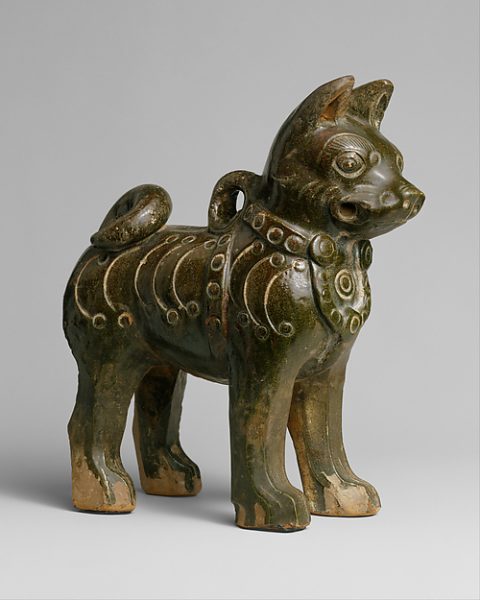
The traditional East Asian lunar calendar consists of a repeating 12-year cycle, with each year corresponding to one of the 12 animals in the East Asian zodiac (rat, ox, tiger, rabbit, dragon, snake, horse, ram, monkey, rooster, dog, and pig). These animals were first associated with the lunar calendar in China in the third century B.C., becoming firmly established by the first century. Each animal is believed to embody certain traits expressed in the character of the people born in that year. This Lunar New Year, which begins on February 16, 2018, is the Year of the Dog. People born in this year are thought to be active, loyal, and vigilant.
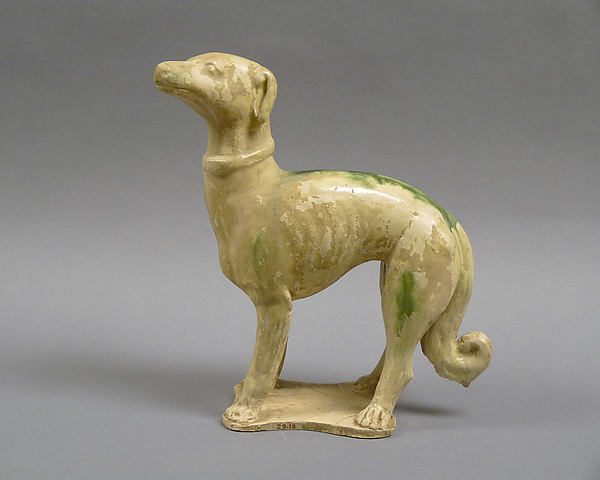
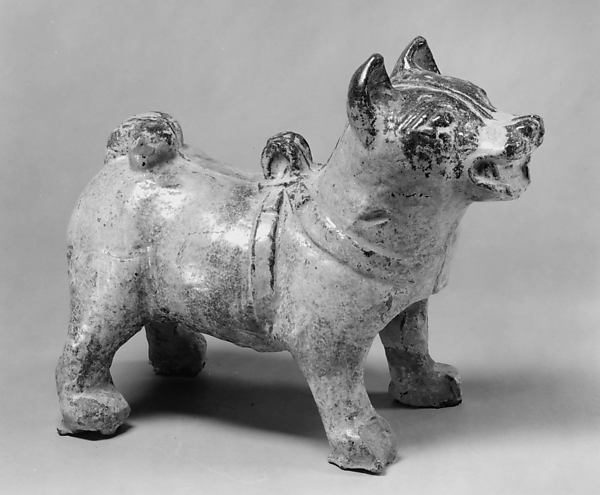
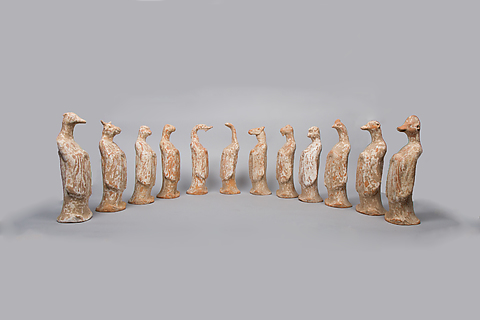
Commonly known as “man’s best friend,” the dog, as one of the earliest domesticated animals, has long performed many essential tasks, including hunting, herding, pulling loads, protection, and companionship. Archaeological evidence indicates that dogs were buried to accompany the deceased as early as in China’s Shang dynasty (ca. 1500–1046 B.C.). By the Han dynasty (206 B.C.–A.D. 220), dogs were frequently represented in painting and metalwork, as well as in pottery tomb figures, and they remained a popular motif across all media for two millennia.
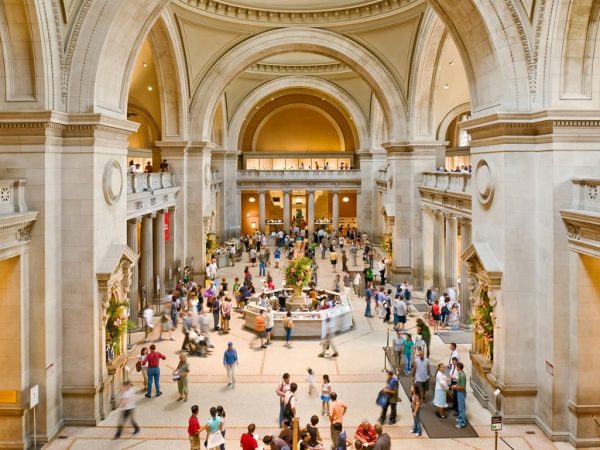
*extracted from the Metropolitan Museum of Art website
